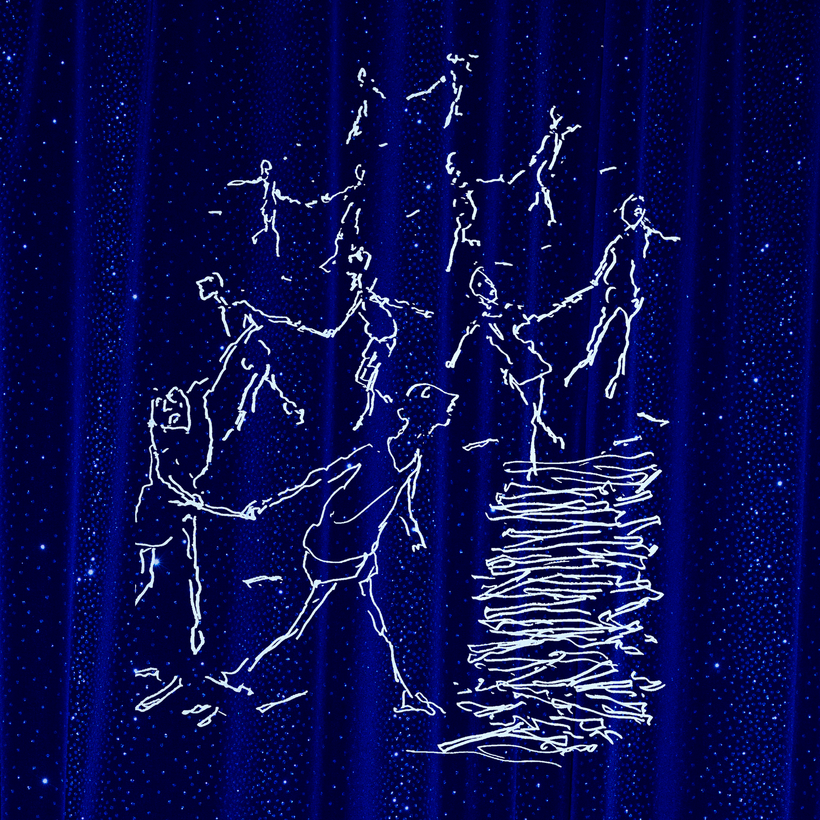Whenever I begin a book, I never know where I’m going, so, in a sense, everything is a surprise. I have a theme in mind, but that too has sometimes changed as I move along. I write in sections, akin to movements in music—some a few pages long, some a few lines, or, occasionally, a single line. When I finish writing one section, the next one simply comes to mind, and I depend on the luck of inspiration to keep the thing going.
With Cataract Blues, I did not have even a theme in mind—that is, a single theme. Three thoughts hit me at once: the purpose of mystery in the world; the memory of our daughter Amy, who died 15 years ago, and who never leaves me; and the color blue, which came blaring into my life after my recent cataract surgery.
The mystery involved all those things that have real power but are nonetheless invisible and inaudible. Ancient Irish soldiers lost every battle they fought in, not because they lacked courage, tactics, or the right weaponry, but rather, it was said, because they heard a “secret music” that led them to “pity and to peace.” The soldiers surrendered not to the enemy but to the mystery.
My cataract surgeon, Charles Cole, brings his skills to African villages where the cataracts are as thick as shields, rendering the villagers legally blind. Before Dr. Cole’s arrival, they led one another around by using sticks—a sighted person at one end, the “blind” person at the other. When Dr. Cole performed his miraculous unveiling, a pile of sticks remained in the clinics—reminders of a time when villagers with cataracts had to imagine the world, living where vistas were illimitable.
When I finish writing one section, the next one simply comes to mind, and I depend on the luck of inspiration to keep the thing going.
To such mysteries, I added the memory of Amy, who has been invisible and inaudible these 15 years, yet ever present. The presence of her absence. And to both mystery and memory I added the color blue, which suddenly seemed to wash over my world of thought and vision. I play a little jazz piano, including the blues, thus my title.
When I began writing Cataract Blues, I simply had a feeling that these three seemingly unconnected parts of mystery, memory, and blue would have something to do with one another if I wrote of them and followed as I wrote. I wasn’t sure people would get it. I wasn’t sure that I would get it myself. But, like Alice with the rabbit, I was moved toward the pursuit. Running the Keyboard, my subtitle, is my term for riffing on my three themes. I continued to play until I found the tune.
Books today are characterized as fiction, nonfiction, or, more recently, creative nonfiction. I suppose if I had to pick my category, it would be creative nonfiction, since I freely make up lots of things in my books, including the memoirs. If asked to defend such doings, I would say there’s a vague line between what is real and unreal in the world, and that what happened is often understood best by what never happened but might have. In The Boy Detective, my memoir on growing up in New York City, I decide to let Edgar Allan Poe speak directly to readers when he had to defend himself against a murder charge.
In Cataract Blues, I would write a section and let the following section just happen. Do this in piano jazz, and you make lots of mistakes. Then the task is to make every mistake part of the tune, the way our lives are made up of mistakes that somehow coalesce into the strange work of art that is ourselves.
With a book like Cataract Blues, I’m not even sure one knows when one is finished. You feel bound into yourself, like Thelonious Monk, who would play one of his tunes a dozen ways, and then just stop and look around at his audience, a little dazed. One does not need to be as good as Monk (no one was) to feel the shock that anyone has been with you.

Roger Rosenblatt is the author of several books, including Cold Moon, The Story I Am, and The Book of Love. His latest, Cataract Blues, is out now from San Diego State University Press


